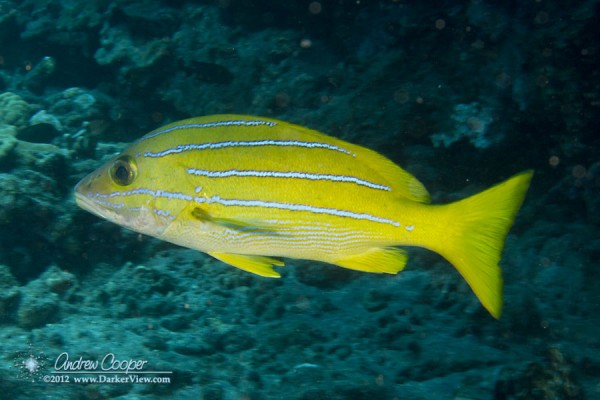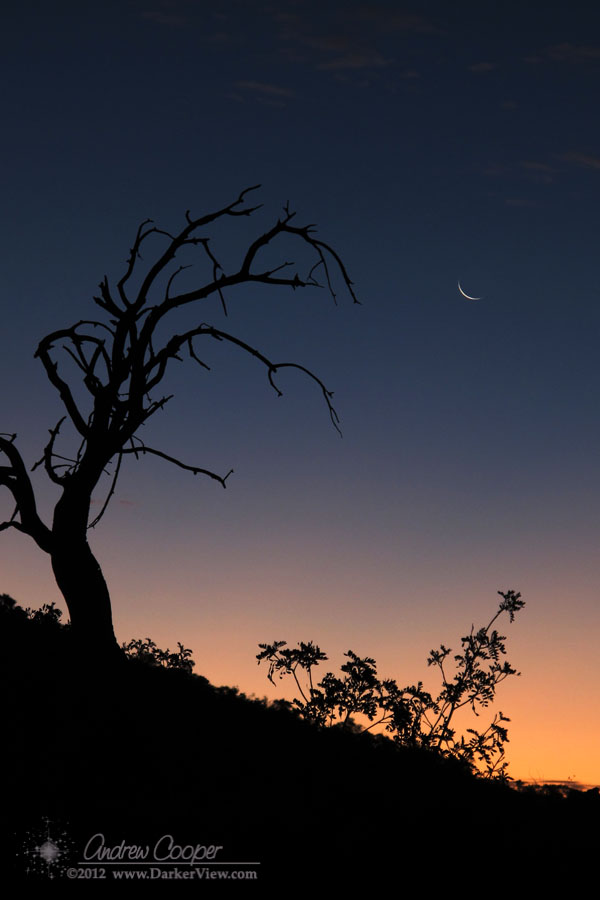You may notice some old articles this month. I am continuing to re-post stuff from the old blogging platform to migrate the material to the new WordPress platform, the good stuff anyway. If you had not read these old posts before… Enjoy. If this is a repeat for you, I apologize. There will be plenty of new material being posted as well.
Kaumana Cave
A fern draped opening into the earth, that beckons us to explore what was once the domain of Pele. A place of fire and molten rock, now a cool, dripping passage beneath the earth. The island of Hawai’i is riddled with hundreds of miles of lava tubes, most are inaccessible, but some are easy to get to. Kaumana Cave is one of the easy ones.
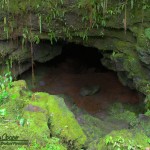
Going makai, a short path leads to the entrance. There are a few boulders to step carefully through, after which sections of smooth and mostly level surfaces allow a bit easier access. About 50 yards into the downhill section you will reach a choke point, a little scrambling and a bit of duck-walk is necessary to get through. After the narrow, the cave opens back up again. After another hundred yards there are a series of ledges, old crusts left by cooling lava when it half filled the cave. To continue from here requires crawling through another very low passage. Perhaps a good place to turn around if you are only interested in a short exploration.
Venus Transit
This is your last chance this lifetime to witness a Venus transit! On June 5th the Earth, Venus and the Sun will line up correctly so that earthbound observers will see Venus cross the disk of the Sun.

To witness this event you only need to be on the daylight side of our planet when it occurs. The 2012 event favors the Pacific, Australia, Japan and eastern Asia.
For Hawai’i the event will begin at about 12:10pm with the Sun high in the sky, mid-point will be about 3:26pm and will end about 6:44pm, just before sunset. These times are only approximate, exact times will depend on the observer’s location and can vary by several minutes across the islands.
As always the single best source on the web (or anywhere) for eclipse and transit information is Fred Espenak’s eclipse website at NASA. Stop by whenever you have a question on upcoming events as well as viewing and photography tips.
Keck Observatory will be making an extra effort for this transit as Mauna Kea is perfectly positioned to observe the event. We will be webcasting the transit from a small telescope located at the summit. The webcast can be seen on your computer, or come over to our headquaters in Waimea to see the webcast and a live view in a solar telescope if the weather cooperates. there will be extra staff on hand to answer your questions.
Stay tuned to DarkerView for further details as the transit draws near.
1) Transit of Venus, Wikipedia Article, retrieved 8 Feb 2009
2) 2004 and 2012 Transits of Venus, Fred Espenak, NASA/GSFC, NASA Eclipse Website, retrieved 8 Feb 2009
Full Moon
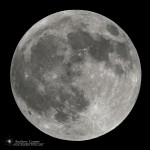
This full Moon is also a perigee moon, and will be a little bigger and brighter than usual.
Postcard from the Reef – Bluestripe Snapper
Employment Opportunity at Keck – Software Engineer
W. M. Keck Observatory position announcement…
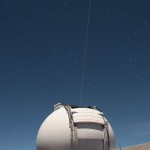
The Observatory seeks a Software Engineer responsible for a variety of duties related to developing, deploying and optimizing software for control solutions used at the observatory and integration of partner developed science instruments. The successful candidate will enjoy a comprehensive benefits package while residing in one of the world’s most uniquely beautiful and diverse locations.
The candidate is expected to have a minimum of 5 years’ proven experience developing and integrating distributed control software solutions for engineering or scientific applications with involvement in all aspects of the software life cycle from specification through deployment.
The candidate is expected to have sound knowledge of modern software engineering practices. Practical experience in the following is required: strong C/C++ with significant O-O design and development; UNIX platform development environment using the gnu tool chain under Linux or Solaris; working with communication middleware such as RPC, RMI, ICE or messaging systems; working with real-time OS like VxWorks or RT Linux; User Interface development with Tcl/Tk, Java, Qt, Python or other toolkits.
The ideal candidate should be a motivated, self-starter who can collaborate effectively across disciplines in a fast paced environment. Experience working with EPICS at an astronomical observatory or high energy physics experiment facility and experience with driver development and motion control are highly desirable.
This position requires you to submit your resume on-line at: http://keckobservatory.iapplicants.com/ViewJob-304399.html with your cover letter that states why you are uniquely qualified for the position.
Additional information about WMKO and this position may be found on our web site at www.keckobservatory.org. EEO Employer
Postcard from the Universe – Telescopes
Two telescopes set up on the side of Mauna Kea. Olivier’s 12″ and my 18″ Deep Violet. A full night of deep sky observing under very nice conditions.
The photo was taken with a red LED light swept over the area during the 20 seconds of exposure. The camera had other ideas, set for automatic white balance it attempted to correct the color, fairly successfully. Surprising given the monochromatic nature of the light source.
As usual, click on the image for a larger version…

The Moon and Saturn
Saturn, the Moon and Spica will rise together in the east after sunset this evening. The three will be within 10° of each other. The Moon will be just short of full, over 94% illuminated as it rises. Saturn will be shining at 0.4 magnitude while Spica is very close to 1.0 magnitude.
Tomorrow night will see the Moon east of Saturn, but still close, just over 10°.
Crescent Moon at Dawn
Student Engineering
It is always gratifying to see. Tangles of wire, zip ties, plastic and metal bent and warped into odd shapes, contraptions that occasionally come apart. They may not be pretty, buy they usually work. This is engineering!
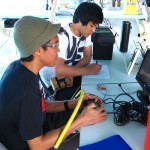
This is the fourth year I have helped to judge the 2012 Big Island Regional MATE ROV Challenge. Back again, it is just too much fun to see what the students come up with. Last year I helped judge the technical presentations and posters. While that is OK, the action is in the pool. This year it was poolside judging, getting a first hand view of the event. I was not alone, Keck provided many of the judges for the 2012 event. An investment in the next generation of engineers and techs that will follow our path.

The mission this year was to survey a shipwreck, a victim of war, an oil tanker lying on the bottom with the potential to create an environmental disaster. The students must survey the wreck, then attempt to remove a sample of the “oil” trapped within. No matter that the “oil tanker” is a frame of PVC pipes at the bottom of a swimming pool, this was a challenging mission.
There were a number of rookie teams this year. It showed, a rough day in the pool for several of the teams. Experience showed, those teams with a couple years of competitions behind them performed much better. It was Kealakehe that won the Ranger class title… again. Give the new guys another chance next year, and I think the competition will be much closer.

